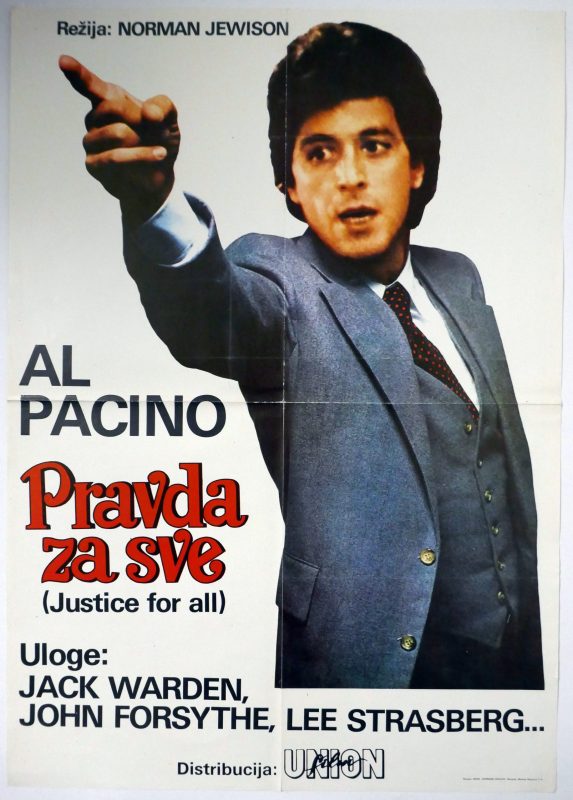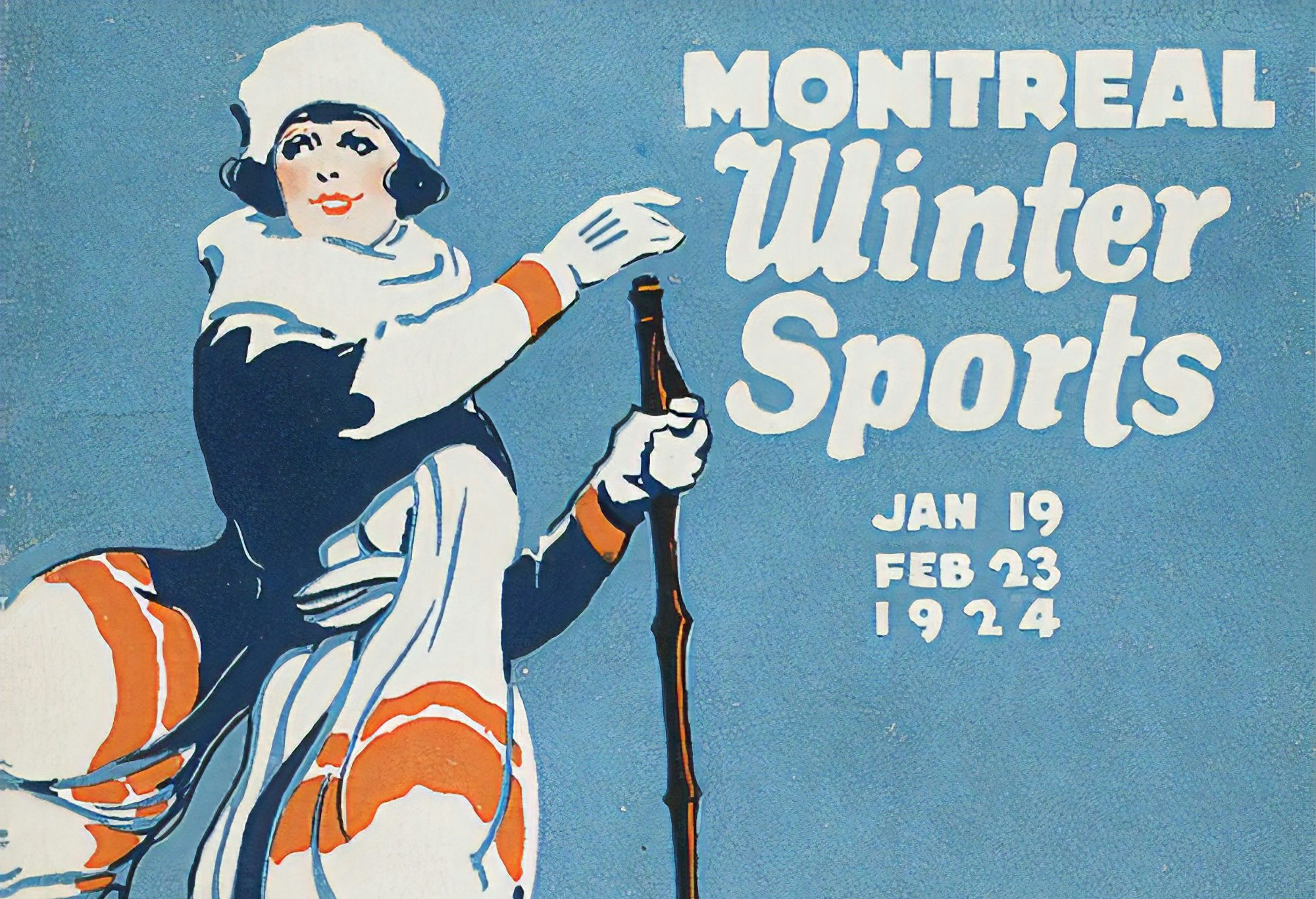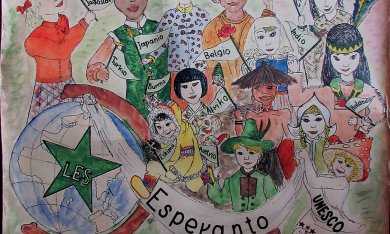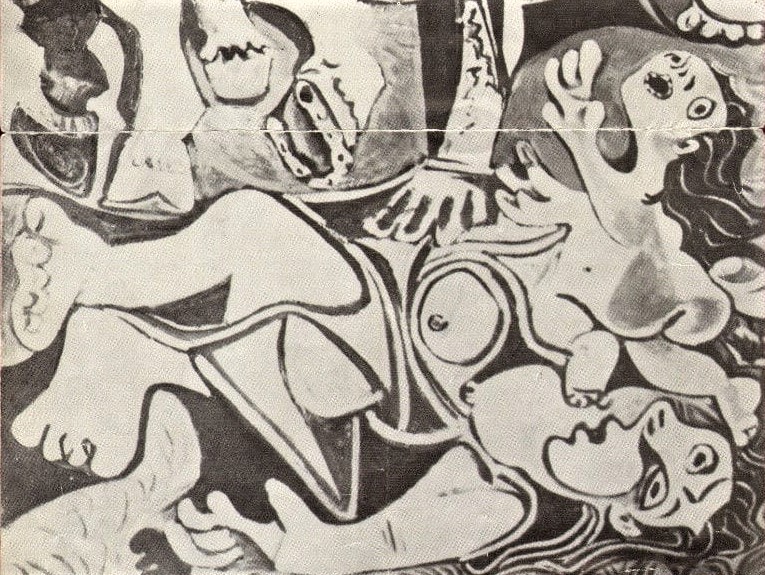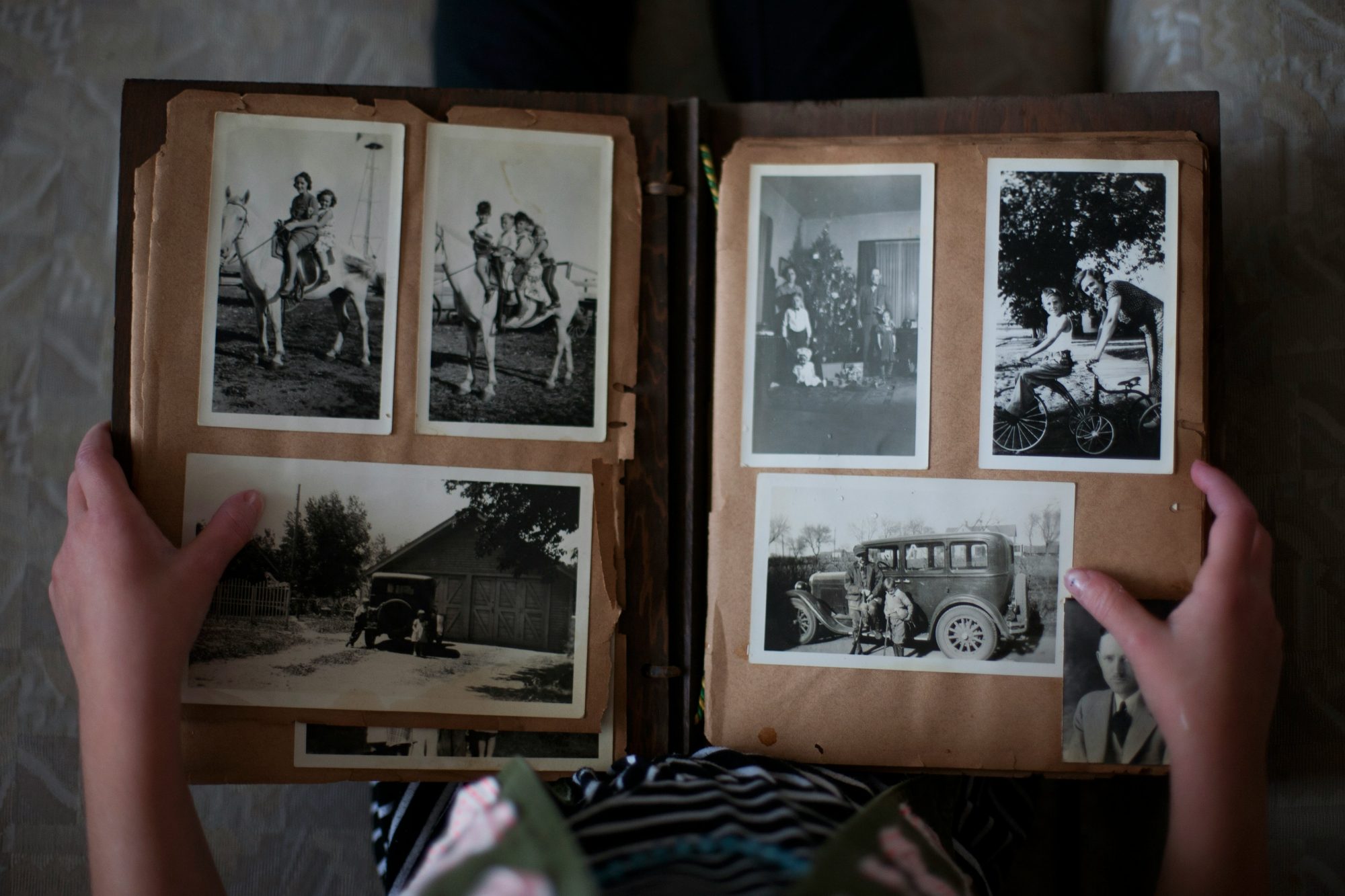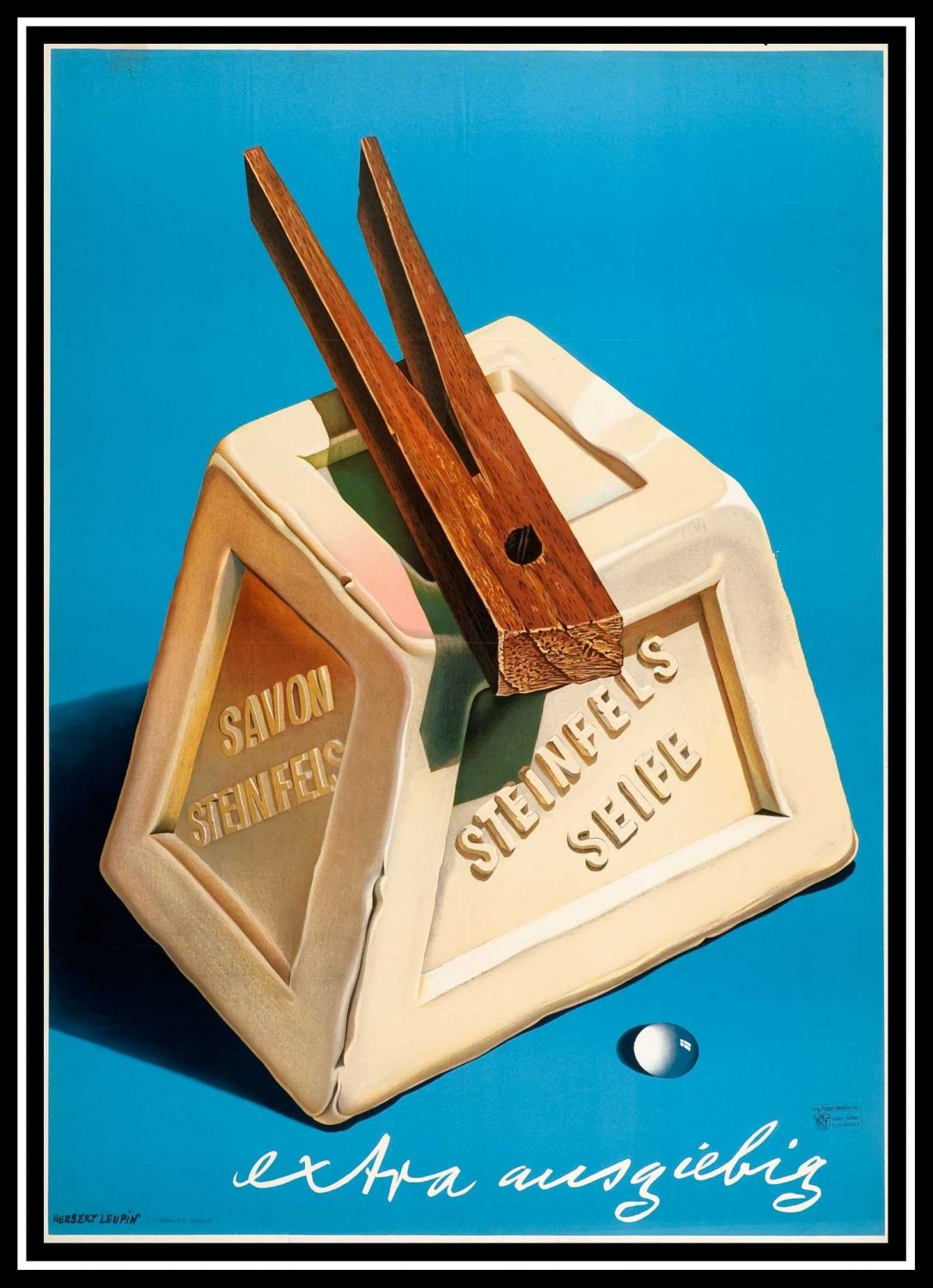The Evolution of Vintage Movie Posters: From Minimalism to Blockbusters

Introduction to the evolution of vintage movie posters design
Vintage movie posters are more than just film advertisements—they are pieces of art that capture the cultural and artistic trends of their time. Over the decades, movie poster designs have changed a lot, reflecting shifts in technology, art movements, and society. These posters do more than just promote movies; they tell stories through their visuals and help draw people into the theaters.
1. Early Beginnings (1920s–1930s): The Silent Era
The first movie poster, made in 1895 for L’Arroseur Arrosé, marked a new way of advertising, focusing on a specific film rather than generic ads.

The first known movie poster, created for the 1895 silent film L’Arroseur Arrosé, depicted a scene from the film.
In the 1920s, movie posters were mostly hand-drawn with simple designs and few colors. Bold lettering became popular as printing techniques improved.
As the 1930s rolled in, Art Deco influences began to appear in movie poster designs. Characterized by geometric shapes, clean lines, and vibrant colors, this style brought a new level of sophistication to poster art. Posters from this era began to focus more on highlighting the main characters rather than cluttered backgrounds, emphasizing the importance of star power in film promotion.
2. The Golden Age of Hollywood (1940s–1950s): Bold Colors and Iconic Imagery
In the 1940s and 1950s, studios began investing heavily in posters to promote stars like Marilyn Monroe and Cary Grant. Posters became brighter and more dramatic, with illustrations designed to grab attention.
This shift was partly driven by competition with television, as studios needed creative posters to lure audiences back to theaters.
3. The 1960s: Psychedelic Influence and Pop Art
The 1960s were a time of change, and this was reflected in movie posters. The counterculture movement introduced psychedelic designs with vivid colors and surreal visuals. Films like Easy Rider used bold graphics that appealed to a younger, rebellious audience.
4. The 1970s: Photorealism and the Blockbuster Era
In the 1970s, photorealism became the trend, with posters often featuring actual photos rather than illustrations. Movies like Star Wars (1977) used this style, with dynamic, action-packed designs.
Using the faces of well-known actors became a key marketing strategy, as studios leveraged star power to attract viewers.
5. Key Artists and Designers Who Shaped Vintage Movie Posters
Artists like Saul Bass and Drew Struzan played crucial roles in shaping the look of vintage posters. Saul Bass was known for his minimalist designs, like the one for Psycho (1960), while Drew Struzan became famous for his detailed artwork for films like Star Wars and Indiana Jones. Their unique styles helped create some of the most memorable movie posters in history.
6. How Vintage Movie Poster Design Continues to Influence Modern Art
The influence of vintage movie posters is still felt today. Many modern filmmakers and designers pay tribute to classic posters by using retro styles in their designs. Collectors also seek out original posters, which have become valuable not just for their artistic beauty, but for their historical significance.
Conclusion
The evolution of vintage movie posters tells a fascinating story of how art, culture, and technology have changed over time. These posters are more than just a way to promote films—they are a form of art that has left a lasting impact on both the film and design industries. Whether you’re a collector or just a fan, vintage movie posters offer a unique glimpse into cinematic history.


